Clearer rubbing of newly found Goguryeo stele in China released
By Korea HeraldPublished : April 11, 2013 - 19:45
A clearer ink rubbing of a recently discovered rare stele from the ancient Korean kingdom of Goguryeo was made public for the first time in South Korea Thursday.
The rubbed copy is expected to serve as a crucial catalyst for the study of the monument by local historians since it has the best quality of all others that have been released so far.
The monument believed to date from Goguryeo, which controlled the northern half of the Korean Peninsula and northeastern China for more than 700 years until A.D. 668, was found in Jian, northeastern China, by a Chinese resident there in July last year.
The rubbed copy is expected to serve as a crucial catalyst for the study of the monument by local historians since it has the best quality of all others that have been released so far.
The monument believed to date from Goguryeo, which controlled the northern half of the Korean Peninsula and northeastern China for more than 700 years until A.D. 668, was found in Jian, northeastern China, by a Chinese resident there in July last year.
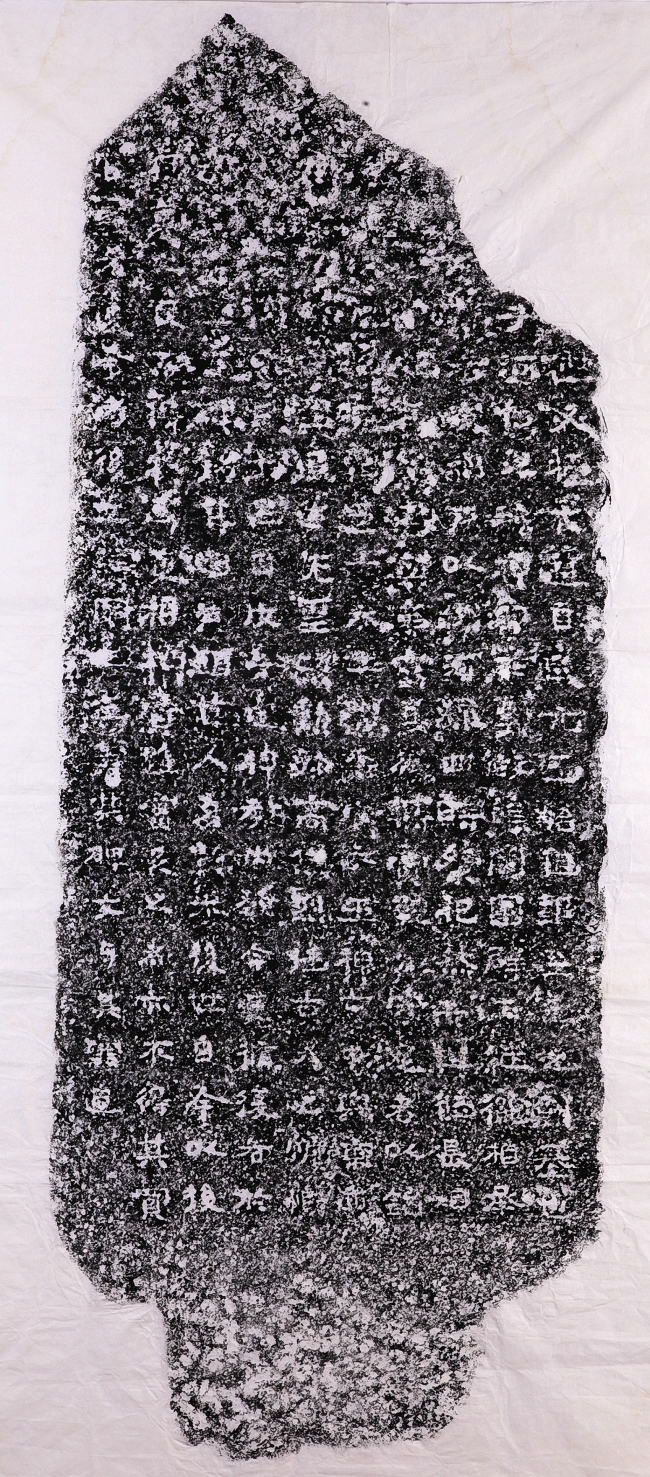
The Chinese cultural heritage administration authority announced the discovery in January along with a picture of the stone’s ink rubbing, but it was hard to precisely recognize the script inscribed due to the rubbing’s low quality.
Some local news media later released what they claimed a high-detailed version, but there have been debates over their authenticity.
After months of basic study on the monument’s script, Chinese scholars tentatively concluded that the stele was built by King Jangsu (394-491) in 427, the year when he moved the kingdom’s capital to Pyongyang.
It would be, if confirmed, the third extant Goguryeo stele. The other two are the famous tombstone of King Gwanggaeto also unearthed in Jian in the 19th century and the other is Goguryeo Stele of Chungju found in South Korea in the late 1970s.
The second one, better known as Goguryeo Stele of Jungwon, is one of the country’s national treasures. Both are known to have been erected by King Jangsu in the 5th century to honor his late father King Gwanggaeto who is remembered as one of the greatest conquerors in Korean history for expanding the territory of Goguryeo to northeastern China.
Following its recent release of a book carrying a report on the outcome of the study, the Chinese authority said it plans to put the stele on public display at a museum in Jian from May 1.
“There are many types of ink rubbings of the monument as of now, but we will come to know more clearly about the monument when it is unveiled,” said Kong Seok-koo, a Goguryeo expert at Hanbat National University in Daejeon. (Yonhap News)
-
Articles by Korea Herald


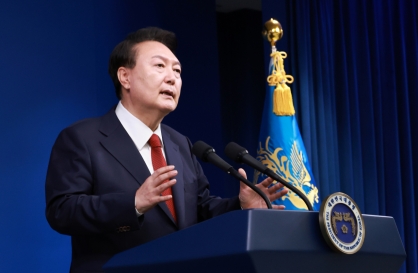


![[K-pop’s dilemma] Can K-pop break free from ‘fandom’ model?](http://res.heraldm.com/phpwas/restmb_idxmake.php?idx=644&simg=/content/image/2024/05/09/20240509050541_0.jpg&u=20240509173751)
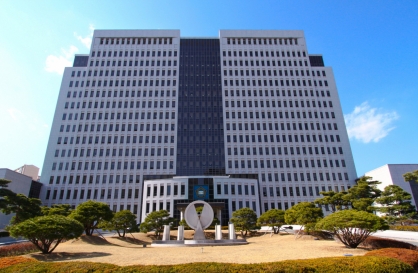



![[News Analysis] Yoon's first 2 years marked by intense confrontations, lack of leadership](http://res.heraldm.com/phpwas/restmb_idxmake.php?idx=644&simg=/content/image/2024/05/09/20240509050612_0.jpg&u=20240509233252)
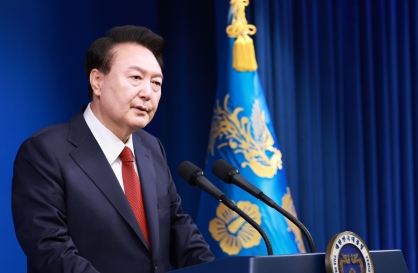



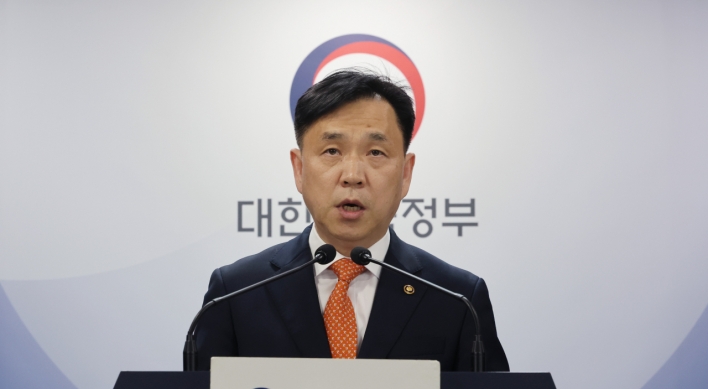


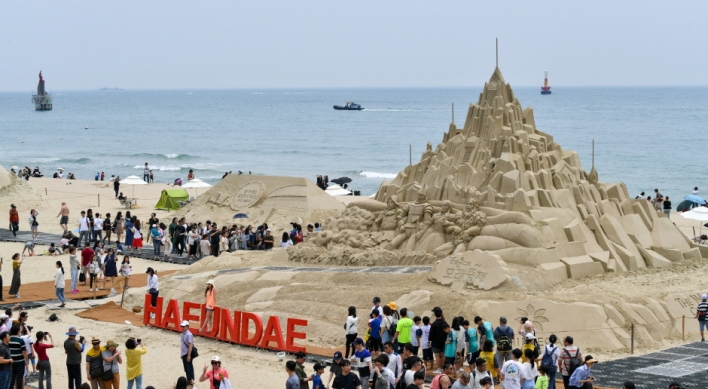
![[Today’s K-pop] NCT’s Mark to drop 1st solo album in February 2025](http://res.heraldm.com/phpwas/restmb_idxmake.php?idx=642&simg=/content/image/2024/05/10/20240510050597_0.jpg&u=)